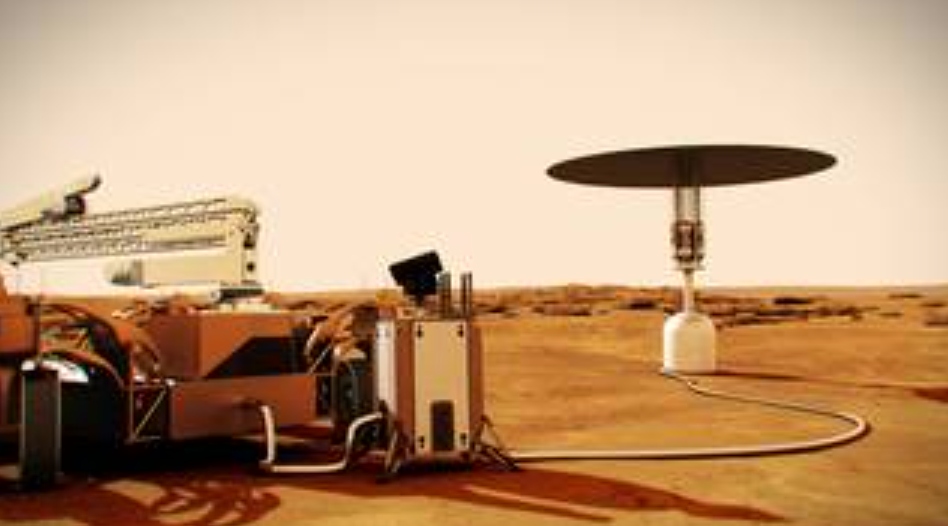Now that the space race is heating up industry officials are reconsidering what a Moon base could look like. But while the imagination may run wild entertaining the project, NASA has a concrete idea for what it wants powering the lunar station: a nuclear reactor. And the space agency wants the reactor built and on the Moon by the end of the 2020s.
Science Alert reported on NASA’s nuclear intentions, which the space agency outlined in a recent press release. In the release NASA notes it has plans for “a robust presence on the Moon” under its Artemis program. Artemis is a program that will “[open] the door for humanity to sustainably work and live on another world for the first time” and utilize the Moon as “a proving ground” for living on Mars. Consequently, astronauts on any upcoming Moon base will need power.

As NASA outlines the aim is to build a lightweight fission reactor that can provide up to 10 kilowatts of electrical power—approximately enough to run 30 average households simultaneously—continuously for at least ten years. For those unfamiliar, a fission reactor works by splitting atoms and releasing energy in the form of heat; that heat is then converted into electricity. The idea for using nuclear power in space dates to the 1950s, although usage of fission reactors has been limited.
NASA says that its fission power system—visualized on the Moon above and on Mars below—is ideal for space. Fission surface power can provide continuous electricity regardless of environmental conditions, for example. It’s also able to generate power whether or not it has access to sunlight; unlike solar-powered generators. Plus, NASA has already spent years investigating fission reactors in space as a part of its now-concluded Kilopower project. (Kilopower saw NASA and the Department of Energy demonstrate a fission reactor potentially usable for long-duration crewed missions.)

“Plentiful energy will be key to future space exploration,” Jim Reuter, associate administrator for NASA’s Space Technology Mission Directorate (STMD), said in NASA’s release. “I expect fission surface power systems to greatly benefit our plans for power architectures for the Moon and Mars and even drive innovation for uses here on Earth,” the administrator added. Indeed, it may shock you to learn how safe nuclear power actually is relative to other energy sources.